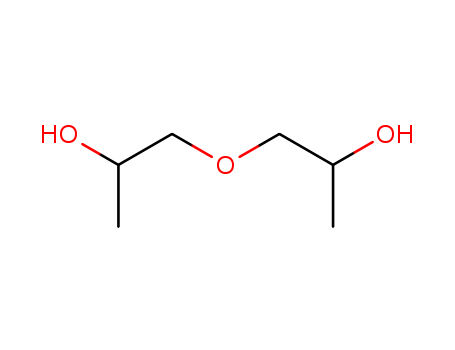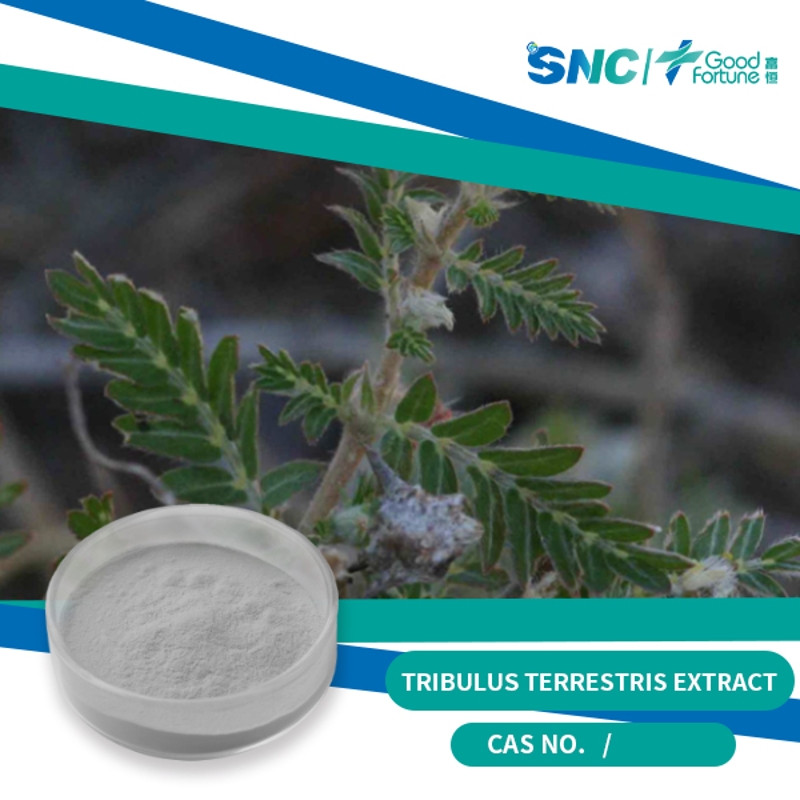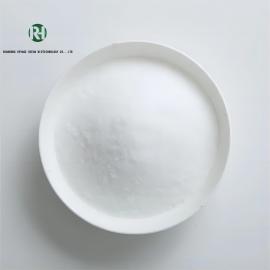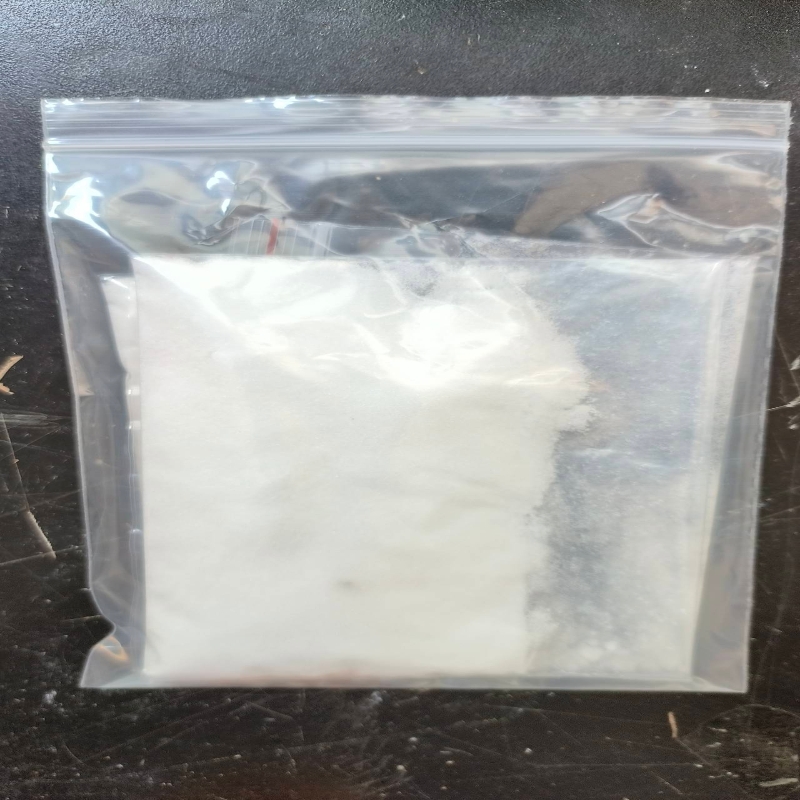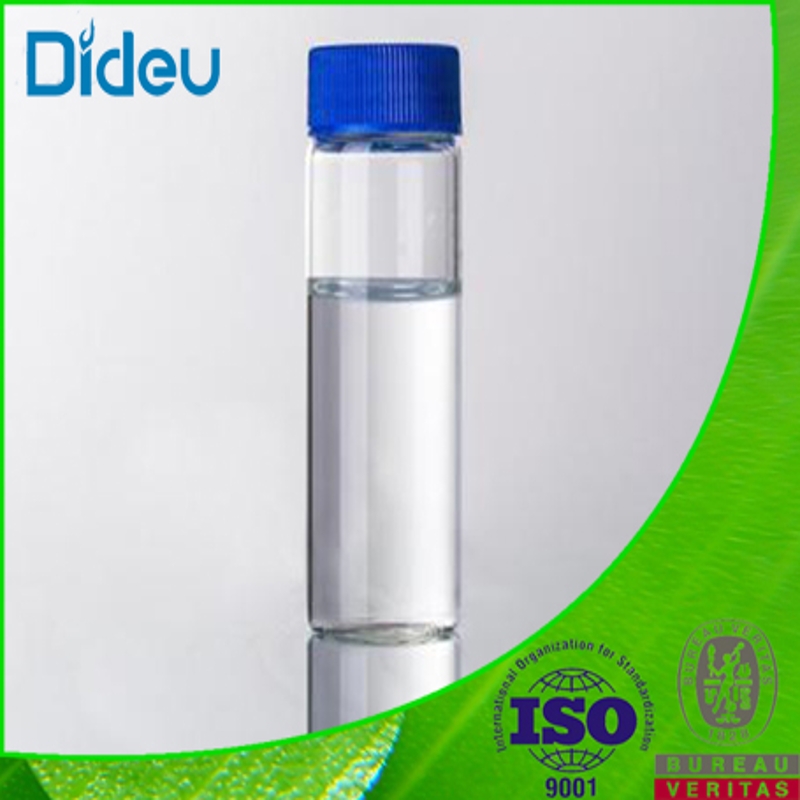Cosmetic Ingredient
- • Abrasive (124)
- • Absorbent (84)
- • Anticaking (66)
- • Anticorrosive (25)
- • Antifoaming (19)
- • Antimicrobials (290)
- • Antioxidant Ingredient (393)
- • Antiperspirant (20)
- • Antiplaque (48)
- • Anti-seborrheic (38)
- • Anti-sebum (39)
- • Antistatic (458)
- • Astringent (162)
- • Binding Agent (172)
- • Bleaching Agent (53)
- • Buffering (191)
- • Bulking (109)
- • Chelating (122)
- • Cleansing (679)
- • Cosmetic Colorant (212)
- • Cosmetic Preservative (158)
- • Denaturant (45)
- • Deodorant (98)
- • Depilatory (27)
- • Dissolving Agent (298)
- • Emollient (795)
- • Emulsifying Agent (480)
- • Emulsion Stabilising (154)
- • Exfoliating (19)
- • Film Forming (299)
- • Flavouring (72)
- • Foam Boosting (161)
- • Foaming (101)
- • Fragrance Ingredient (726)
- • Gel Forming (19)
- • Hair Conditioning (670)
- • Hair Dyeing (363)
- • Hair Fixing (36)
- • Hair Waving or Straightening (45)
- • Humectant (282)
- • Hydrotrope (92)
- • Keratolytic (20)
- • Light Stabilizer (80)
- • Moisturising Agent (50)
- • Nail Conditioning (42)
- • Occlusive (20)
- • Opacifying (119)
- • Oral Care (123)
- • Oxidising (19)
- • Perfuming (2105)
- • Plasticiser (98)
- • Propellant (19)
- • Reducing (50)
- • Refatting (12)
- • Refreshing (26)
- • Skin Cleansing (388)
- • Skin Conditioning (1751)
- • Skin Humectant (21)
- • Skin Protecting (282)
- • Smoothing (31)
- • Soothing (71)
- • Tonics (155)
- • UV Filter (34)
- • Viscosity Controlling (532)
Chemicals as Skincare Ingredients
Related News
-
Huda Beauty to Sell Kayali Stake to General Atlantic
2025-02-20 -
Skylar Clean Beauty Launches New Citrus Reverie Fragrance
2024-06-25 -
Give Back Beauty secures Mercedes-Benz fragrance licensing agreement
2024-04-17 -
BASF Aromatic Ingredients expands its Isobionics portfolio with new natural flavors
2024-03-13 -
Henry Rose raises series A funding
2023-05-15 -
LMR NATURALS BY IFF UNVEILS CARBON FOOTPRINT CALCULATION FOR FRAGRANCE
2023-01-19
Sort Fragrance Ingredient Alphabetically
Fragrance Ingredient
Get Fragrance Ingredient Raw Materials by RegionBis(2-hydroxypropyl) ether
(110-98-5)-
Cosmetics Grade / 99.96%
-
Industrial Grade / 99%
-
- / 99.00%
-
- / 0.00%
Request for quotation , get quotes from more suppliers.
-
pharmaceutical grade/food grade / 99%
-
Food Grade / 99%
-
-
Food Grade / 99%
Request for quotation , get quotes from more suppliers.
Oils, mint, Menthaarvensispiperascens
(68917-18-0)The residual dementholized oil is a colorless to yellow liquid with a characteristic minty odor. Dementholized oil (“DMO”) still contains about 33–45% (?)-menthol; (?)-menthone and (+)-isomenthone (25–40% together) are other major components. The oil is steam
-
Industrial Grade / 99%
-
Pharmacy Grade / 99%
-
- / 50%
-
Request for quotation , get quotes from more suppliers.
Sweet orange peel oil
(8008-57-9)-
Pharmacy Grade / 100%
-
pharmaceutical grade/food grade / 99%
-
-
- / 0.00%
Request for quotation , get quotes from more suppliers.
-
Cosmetic Grade / 99.0%
-
industrial Grade / 98%
-
$6.5-7.5/KG FOB
-
Chemical Grade / 99%
Request for quotation , get quotes from more suppliers.
N,2,3-Trimethyl-2-isopropylbutanamide
(51115-67-4)-
Cosmetics Grade / 99%
-
Food Grade, Cosmetic Grade / 99.0%
-
Industrial Grade / 99%
$0.1-0.11/KG FOB
-
Request for quotation , get quotes from more suppliers.
-
- / 99.00%
-
Food Grade / 99%
-
Food Grade / 99%
-
Industrial Grade / 99%
Request for quotation , get quotes from more suppliers.
Glycerides, mixed decanoyl and octanoyl
(73398-61-5)In oral formulations, medium-chain triglycerides are used as the base for the preparation of oral emulsions, microemulsions, selfemulsifying systems, solutions, or suspensions of drugs that are unstable or insoluble in aqueous media, e.g. calciferol. Mediumchain triglycerides have also been investigated as intestinalabsorption enhancersand have addition
-
Cosmetics Grade / 99%
-
Cosmetics Grade / 98%
$10-12/KG FOB
-
Industrial Grade / 99%
-
Food Grade / 99.0%
$3-3.1/KG FOB
Request for quotation , get quotes from more suppliers.
Fennel oil
(8006-84-6)-
Cosmetics Grade / 100%
$15-16/KG FOB
-
Industrial Grade / 99%
-
- / 0.00%
-
Top Product / 0%
Request for quotation , get quotes from more suppliers.
Pine leaf oil
(8000-26-8)-
Industrial Grade / 99%
-
- / 0.00%
-
Pharmacy Grade / 99%
-
Pharmacy Grade / 99.5%
Request for quotation , get quotes from more suppliers.
More Information
There are primarily four fragrance categories:
● Citrus: Fresh scents from citrus fruits like lemon, lime, orange, and mandarin.
● Floral: Single or combined scents of flowers like rose, jasmine, gardenia, and lavender.
● Oriental: A blend of spicy, woody, balsamic, and animalistic notes, giving warm and rich aromas.
● Woody: Warm and long-lasting scents from precious woods like sandalwood, cedarwood, and agarwood.
Fragrance Analysis:
Most perfumes follow a pyramid structure with top, middle, and base notes:
● Top notes: Initially, the scent of alcohol and perfume blend is prominent.
● Middle notes: After about ten minutes, the alcohol scent fades, leaving the core fragrance.
● Base notes: Develop about thirty minutes after application, mixing with personal skin chemistry to create a unique scent.










